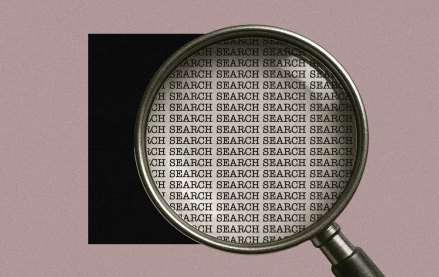Register by Jan 13 to save on passes and connect with marketers from Uber, Bose and more
This article is a WTF explainer, in which we break down media and marketing’s most confusing terms. More from the series →
The IAB Tech Lab’s seller-defined audiences specification is one of many, many digital ad industry efforts to replace the third-party cookie with purportedly privacy-friendly alternatives. It’s effectively a cohort-based targeting method packaged with a nutrition label for the corresponding ad targeting data.
Instead of a publisher sharing person-specific identifiers like cookie-based IDs or email addresses with advertisers, audiences are organized into groups based on categories like demographics, interests and purchase intents using IAB Tech Lab’s Audience Taxonomy standard. And advertisers can check the makeup of these seller-defined audiences by referencing the corresponding data transparency label that outlines who provided the audience data, what the audience segment is, how the segment was compiled and what the underlying data source is.
However, as the name “seller-defined audiences” implies, publishers are in charge of establishing these audience segments. This has become a cause of consternation among advertisers and agencies because some publishers might define the same audience differently than others or differently than a marketer, as outlined in the video skit above.
More in Media

Future starts to sharpen its AI search visibility playbook
Future is boosting AI search citations and mentions with a tool called Future Optic, and offering the product to branded content clients.

Digiday’s extensive guide to what’s in and out for creators in 2026
With AI-generated content flooding social media platforms, embracing the messiness and imperfection of being human will help creators stand out in the spreading sea of slapdash slop.

Media Briefing: Here’s what media execs are prioritizing in 2026
Media executives enter 2026 weathered by disruption, but refocused on AI revenue, brand strength and video and creator opportunities.




